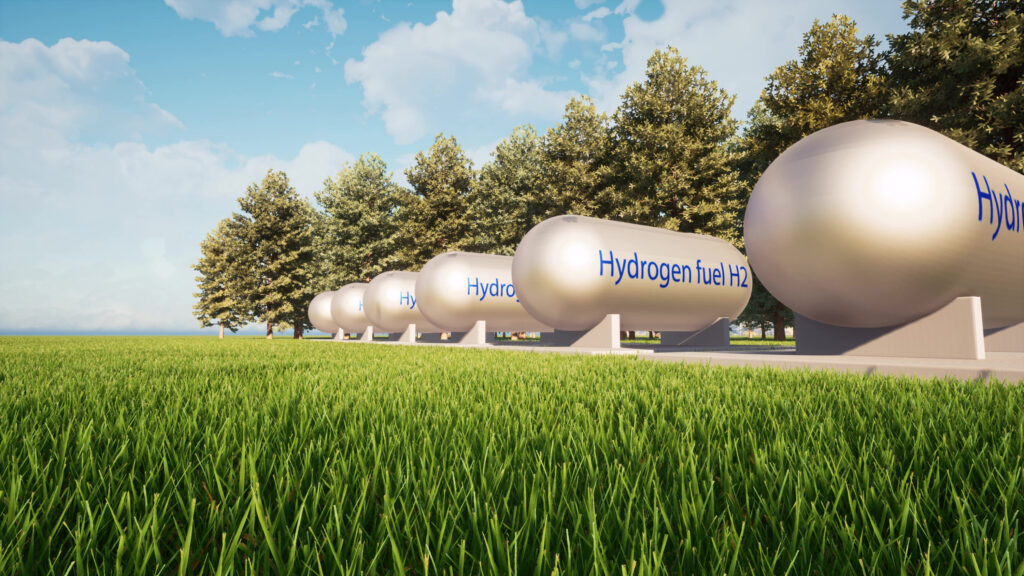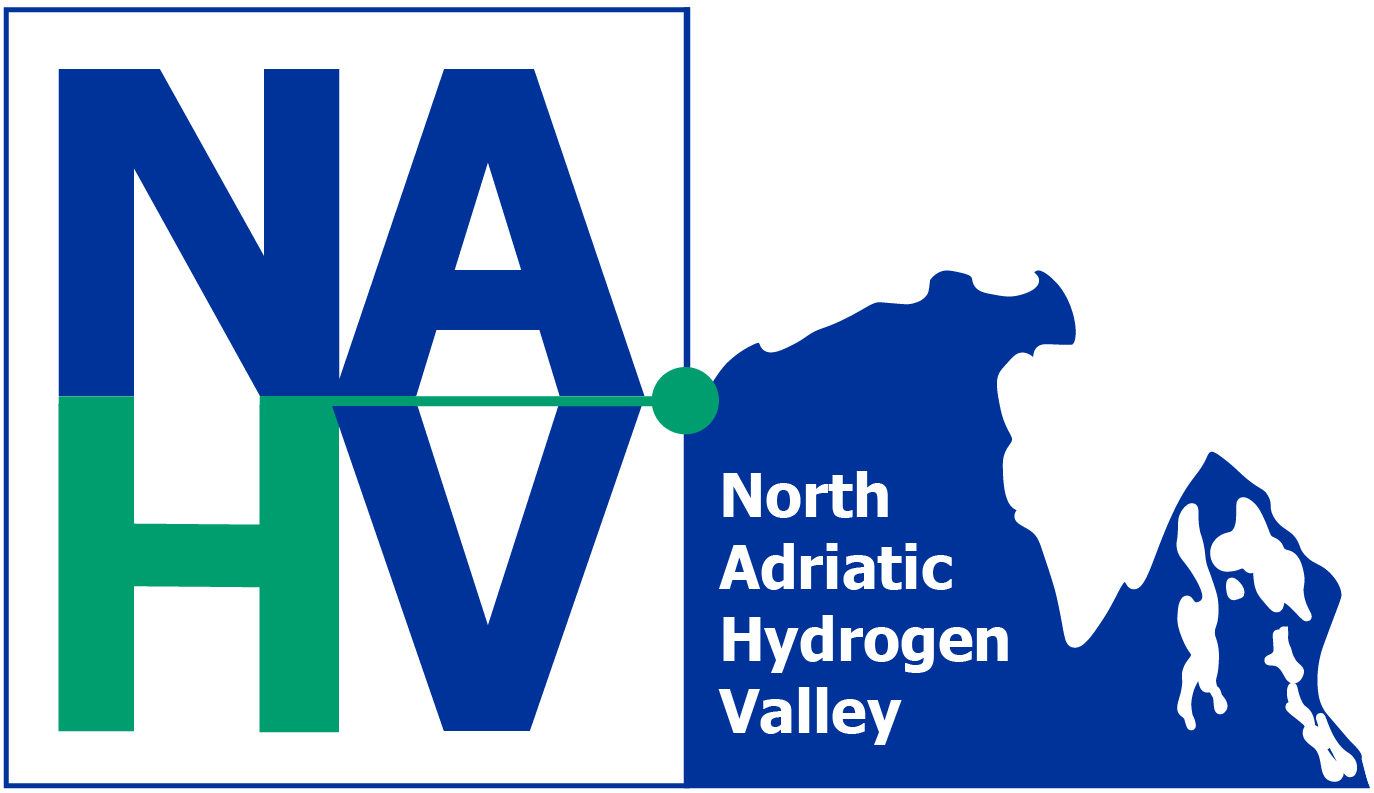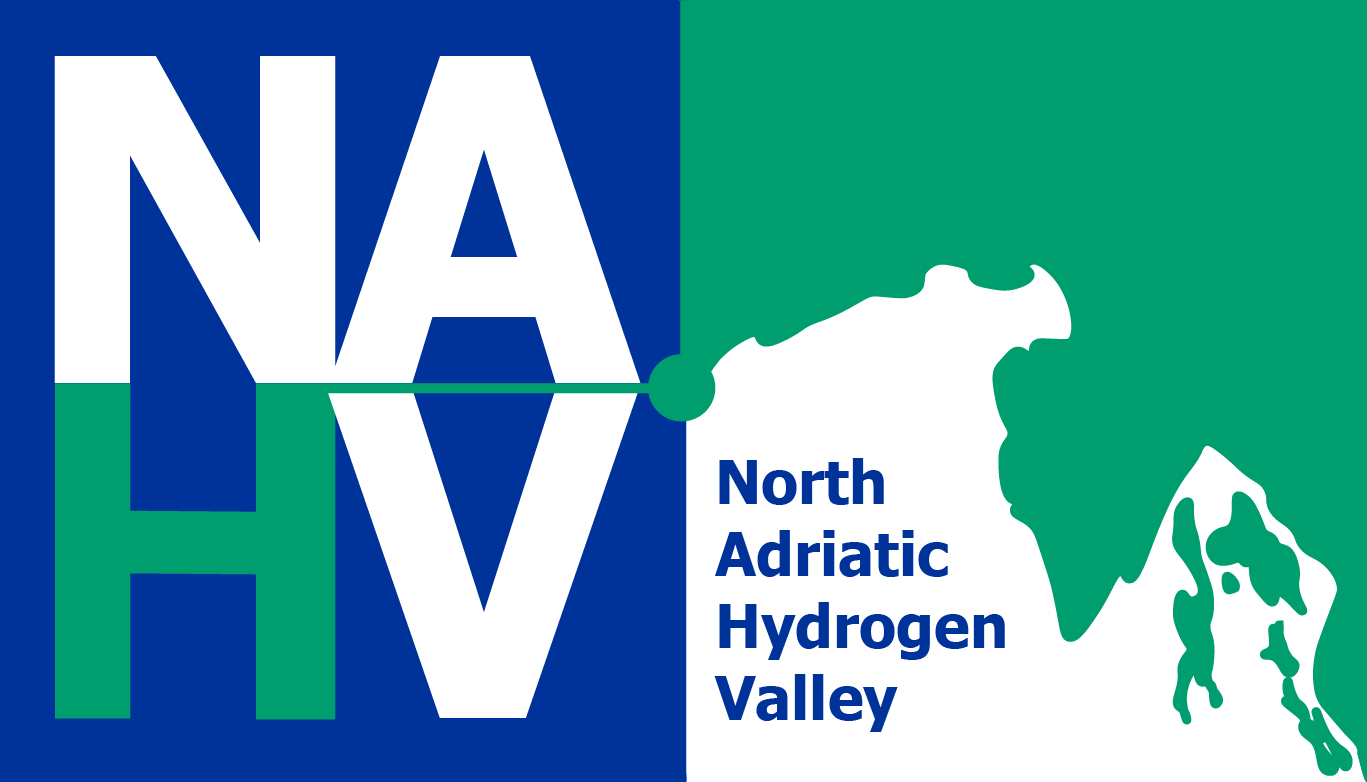Ljubljana – Zagreb – Trieste, 8th April 2024
The European Commission has approved the second major project for the development of the North Adriatic Hydrogen Valley. A grant of €7.6 Million has been awarded to the North Adriatic Clean Hydrogen Investment Platform (NACHIP) which is dedicated to accelerating transnational innovation actions within the North Adriatic Hydrogen Ecosystem.
NACHIP focuses on validating and demonstrating clean hydrogen technologies across three key value chains: manufacturing, urban areas, and mobility. NACHIP aims to pilot solutions for generating, converting, transmitting, storing, and utilizing clean hydrogen. Through NACHIP, 12 consortium partners led by Jozef Stefan Institute will implement a replicable acceleration concept and integrate and scale advanced hydrogen-related technologies, first, by focusing on five pilot projects and, next, by involving up to 18 interested SMEs into the three target value chains. NACHIP will support their integration into the ecosystem by the means of Cascade Financing, predominantly destined to less developed regions of the NAHV ecosystem. A governance model based on local hydrogen alliances will be validated and replicated to strengthen target value chains, particularly in the urban areas.

NACHIP’S main goals and a wider impact
NACHIP aims to validate nascent technologies at TRL8-9, pilot dynamic clean hydrogen value chains, develop an acceleration programme for transfer of the technologies to market, and integrate within the governance of the NAHV SPV for long-term sustainability. These results will enable market replicability of innovations across NAHV territories, particularly benefiting less developed regions.
Specifically, main goals of NACHIP are:
- Implement and scale-up a portfolio of investment propositions for hydrogen-related technologies, initially as TRL 6 or higher pilots, across selected value chains.
- Develop “local hydrogen alliances” around these pilots to anchor further development of target value chains.
- Generate an investable portfolio of hydrogen-related solutions with an acceleration programme to support continuous technology maturation, dissemination, and integration into the NAHV ecosystem and beyond.
NACHIP’s activities will accelerate the NAHV ecosystem’s development and increase its impact. The platform’s design and acceleration programme will facilitate the adoption of hydrogen-related technologies across target cross-regional value chains, fostering collaboration and joint innovation projects aligned with EU priorities.
NACHIP will fully integrate into the North Adriatic Hydrogen Valley through its Special-Purpose Vehicle (NAHV SPV), what will ensure the continuity of its actions. and their replicability, particularly towards other EU regional Innovation Ecosystems.
Consortium and collaboration
The NACHIP consortium involves 12 private and public organisations spanning Slovenia, Croatia, and the Friuli Venezia Giulia Autonomous Region (FVG), Italy, led by Jozef Stefan Institute from Ljubljana. Other partners of the NACHIP consortium are: ECUBES, KSSENA, ETRA, DOK-ING, Municipality of Velenje, META Group, META Circularity, FER, Tetida, Serichim and Faber. All are committed to cross-border integration of hydrogen production, distribution, consumption, and clean hydrogen exchange. Collaboration will continue through governance integrated into the NAHV SPV to ensure continuity and maximise its impact.
Co-financing and time frame
NACHIP is expected to launch in autumn 2024. The three-year initiative will use its grant award to co-finance projects across the North Adriatic region. The total committed value of the initiative is 10.5 million euro. The total grant funding provided by the NACHIP amounts to EUR 7.6 million, out of which 67.2 % is destined to finance the implementation of 5 pilot projects. The vast majority of the funding will be destined directly to the maturation of the technologies including the gaps fulfilment process supported by the Cascade Financing. The predominant part of the Cascade Funding will target less developed regions of the territories, including Eastern Slovenia, Mediterranean Croatia and Central Croatia. The co-financing is well balanced among the three territories of the NAHV, allocating 19.3 % of the total grant requested to FVG (and 23,8 % to Italy), 30.4 % to Croatia, and 31.7 % to Slovenia.

